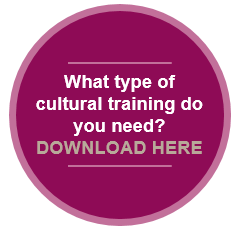It is human nature to gather together to share a meal and enjoy one another’s company. While perhaps this ritual began as a survival tactic, it gradually transformed into feasts as we know them today. In communities all around the world, people celebrate different religious or cultural events with banquets.
A feast has special qualities that make it distinct from a typical daily meal. A delicate combination of ritual, unique preparation, seasonal or exotic foods, heirloom recipes, and guest list are repeated in accordance with the existing tradition. Mark your calendar for when your international teammates may be celebrating and be sure to ask them about their traditions as you build your cross-cultural relationship. Maybe you'll exchange recipies to try or incorporate a new celebration into your family traditions!
Thanksgiving
Celebrated in: USA, Canada, some Caribbean islands, and Liberia
Description: Celebrated in the fall, families and friends gather to give thanks for the blessings of the previous year. Americans recall the first feast shared by the Native Americans and pilgrims to celebrate a bountiful harvest.
Foods served: Roasted turkey, stuffing, mashed potatoes and gravy, sweet potato casserole, green beans, corn, cranberry sauce, and pumpkin pie
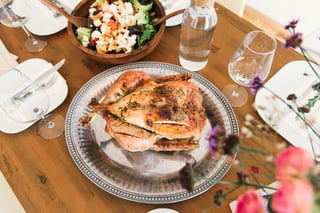
Midsummer
Celebrated in: mainly Sweden, but also Finland, Estonia, Latvia, Lithuania, Quebec (Canada)
Description: The arrival of the brightest day of the year calls for a weekend of celebration! On the Friday evening that falls between June 19-25, families pack up and leave town for the countryside. The maypole is raised among flowers, dancing, singing, and feasting in observance of the summer solstice.
Foods served: Pickled herring, potatoes, cured salmon, mustard, lemon, and dill sauces, crisp bread, cakes, and berries

Carnival
Celebrated in: Brazil, Venice, New Orleans, and other Christian communities around the world
Description: This day, also called Mardi Gras, Fat Tuesday, or Shrove Tuesday, occurs just before Ash Wednesday, the beginning of the Lenten fasting season. Parades, dancing, costumes, and street parties are consistent elements across festivals. Social roles may be reversed and behavioral norms are disregarded during the festivities.
Foods served: Rich foods like cheese, meat, and alcohol as well as fried foods such as doughnuts, and other pastrieslike King Cake

Diwali
Celebrated in: India
Description: The Festival of Light, or Deepawali, is the most celebrated festival in India and lasts for five days. Candles, fireworks, and elaborate rangoli designs illuminate and adorn cities throughout the nation. Gifts are exchanged and grand feasts with decadent sweets are everywhere you turn!
Foods served: Samosas (stuffed pastries), aloo tikki (fried potato patties), and plenty of sweets such as gulab jamun (fried dough soaked in fragrant syrup)
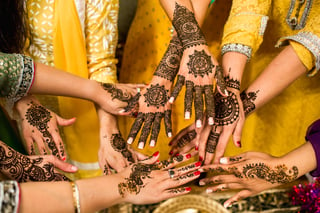
Nowruz
Celebrated in: Iran and among other ethno-linguistic communities
Description: The Persian New Year feast rejoices at the first day of spring. Green herbs are present in many dishes; they symbolize new life and abundance of resources. This holiday has been celebrated across religions for over 3,000 years!
Foods served: ash-e reshteh (herbed noodle soup), stuffed grape leaves, and various cookies and sweets like naan berenji (rice cookies)

Chuseok
Celebrated in: Korea
Description: The Korean harvest festival is a lunar holiday where family members gather together to thank their ancestors for the plentiful harvest. Deceased relatives are honored with graveside ceremonies, then the family and friends return to the home to enjoy a meal together.
Foods served: Songpyeon (soft rice cakes filled with seeds, nuts, or beans), fresh fruits, beef, and hangwa confections
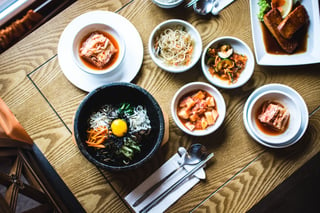
Iriji
Celebrated in: West Africa, mostly Nigeria and Ghana amongst the Igbo people
Description: Iriji means “new yam” in English. This holiday is a harvest festival where people give thanks to the gods for farms and crops while praying for a successful planting season. The day before the festival begins, all of the yams from the previous year are consumed to make room for the new yams.
Foods served: yams (of course), which are featured in mashes, soups, breads, and more
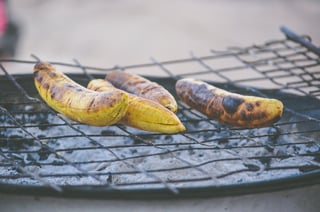
For global businesspeople, it is crucial to know how to conduct yourself in settings involving food and drink. Expectations are usually deeply rooted in tradition, which symbolic meaning must often be taught. Expats suffering from culture shock may feel homesick when holidays in their home country arrive. If you are working with global teammates, keep this in mind and consider creative ways to include their traditions. For expats, discoveries like differences in the grocery stores may be disorienting; simply offering advice to your coworkers on where to find ingredients that are familiar to them will show that you truly care about their success.
If you enjoyed learning about other cultures through their feasting traditions, you might also like reading another blog, “Gastro-Diplomacy: Food as an Instrument of Cross-Cultural Understanding” by industry expert, Nicole Barile. To learn how to explore a new destination through the culture, click here.
How does your local culture celebrate? What are some of your favorite dishes at the feast? Leave a comment below!


